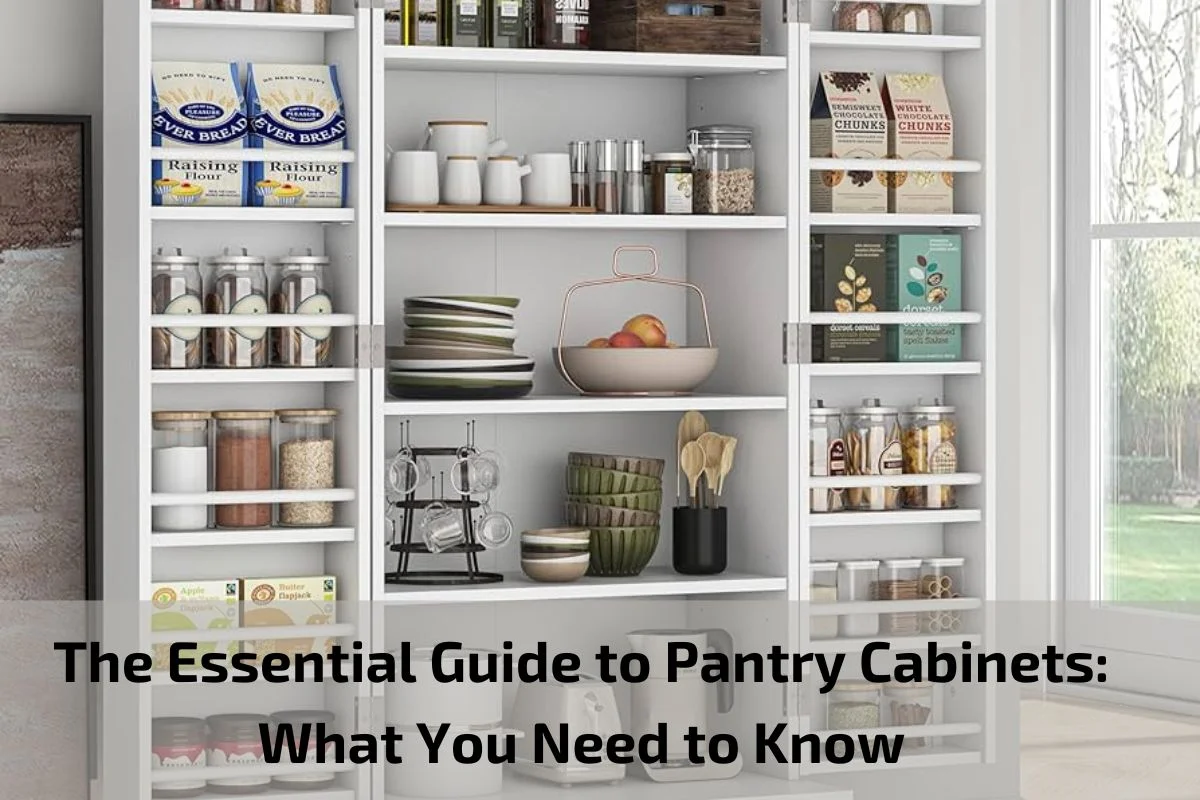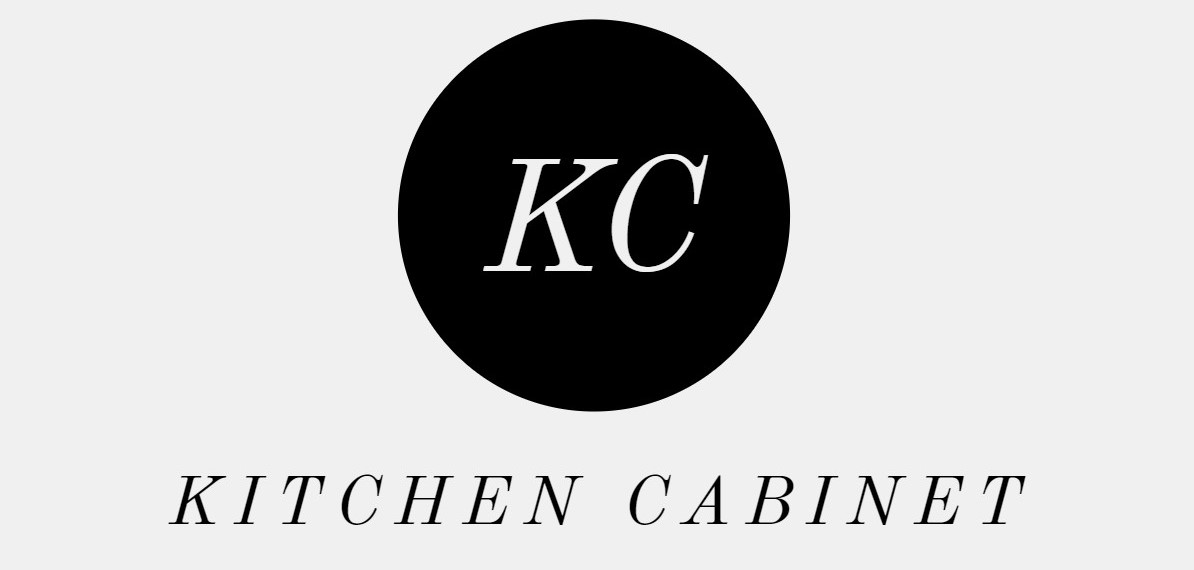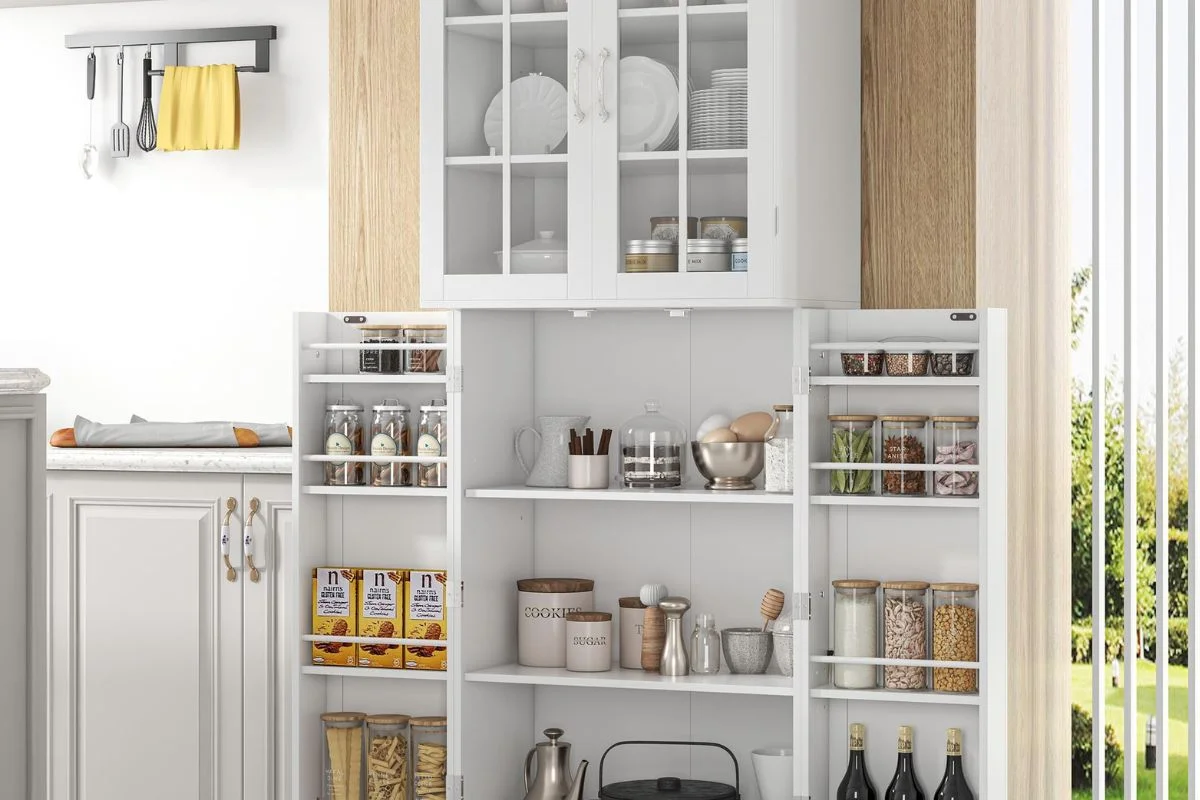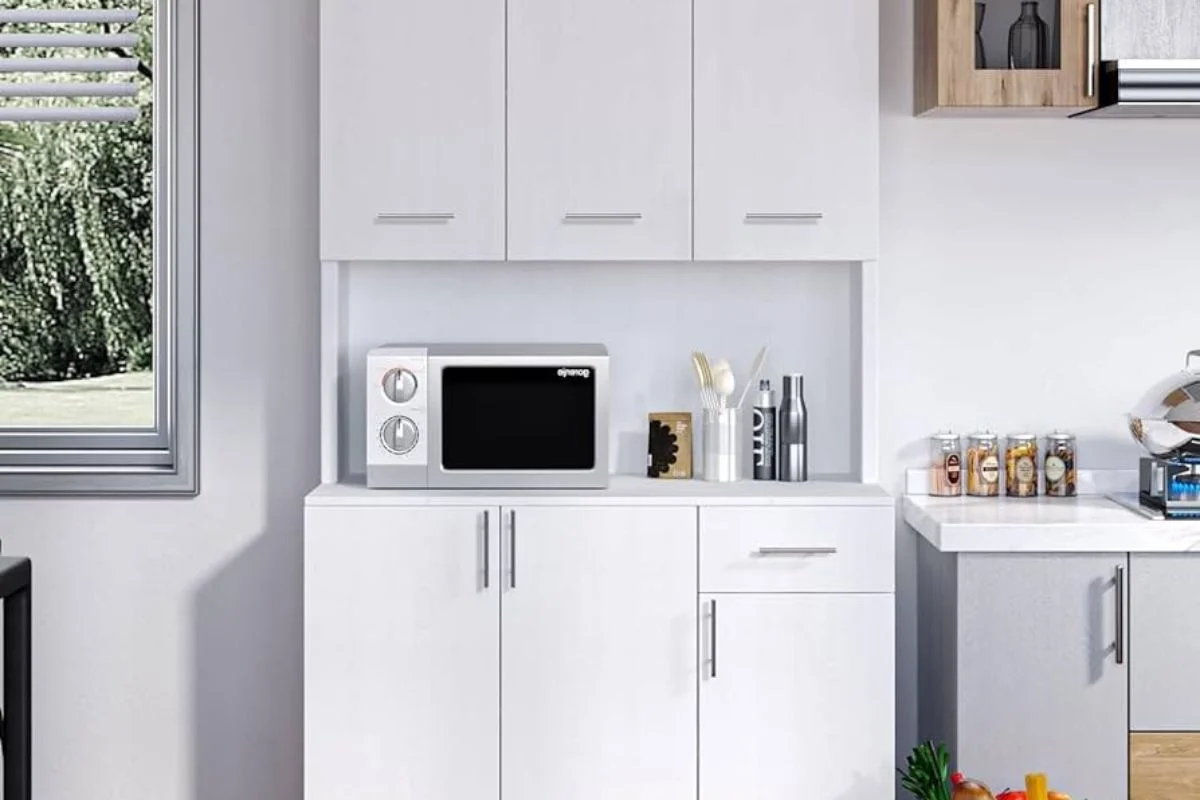
Pantry cabinets are indispensable elements of a well-organized kitchen, offering ample storage space for food items, cooking essentials, and household supplies. With a wide range of styles, sizes, and configurations available, choosing the right type of pantry cabinet can significantly impact the functionality and aesthetics of your kitchen.
In this guide, we’ll explore the various types of pantry cabinets and provide insights to help you select the perfect style for your kitchen. Whether you have a small galley kitchen or a spacious open-plan layout, there’s a pantry cabinet design to suit your needs and complement your décor.
From standalone units to built-in solutions, we’ll discuss the features and benefits of each type of pantry cabinet, along with considerations for space planning, organization, and accessibility. Whether you prefer the classic elegance of a traditional pantry or the sleek versatility of a modern pantry system, this guide will help you make an informed decision and create a functional and stylish storage solution for your kitchen.
Importance of Efficient Kitchen Storage
Efficient kitchen storage is crucial for maintaining a functional and organized cooking space. Here’s why it matters:
Maximizing Space Utilization: Kitchens often have limited square footage, making efficient storage essential for making the most of available space. Well-planned storage solutions ensure that every inch of space is utilized effectively, minimizing clutter and creating a more spacious and comfortable environment for cooking and entertaining.
Streamlining Workflow: Efficient storage allows for better organization of kitchen tools, utensils, ingredients, and cookware, streamlining the cooking process. When items are readily accessible and neatly arranged, it becomes easier to find what you need, reducing time spent searching for ingredients or tools and improving overall efficiency in the kitchen.
Reducing Clutter: A cluttered kitchen can feel chaotic and overwhelming, hindering productivity and enjoyment. Efficient storage solutions help reduce clutter by providing designated spaces for each item, preventing countertops and cabinets from becoming overcrowded. This not only creates a more visually appealing kitchen but also promotes a sense of calm and orderliness.
Enhancing Safety: Proper storage helps keep potentially hazardous items such as sharp knives, heavy pots, and cleaning supplies out of reach of children and pets, reducing the risk of accidents and injuries in the kitchen. Securely storing items also minimizes the likelihood of spills or breakages, creating a safer environment for everyone in the household.
Preserving Freshness and Quality: Proper storage of pantry items, perishable foods, and spices helps maintain their freshness and quality for longer periods. A well-organized pantry and refrigerator make it easier to rotate stock, monitor expiration dates, and avoid food waste, ultimately saving time and money while ensuring that meals are prepared with the freshest ingredients.
The Benefits of Pantry Cabinets
Pantry cabinets offer a multitude of benefits that contribute to a well-organized and functional kitchen space. Here are some key advantages:
Ample Storage Space: Pantry cabinets provide ample storage space for a wide range of kitchen essentials, including dry goods, canned goods, small appliances, cookware, and cleaning supplies. With shelves, drawers, and compartments, pantry cabinets offer versatile storage options to accommodate various items, helping to keep the kitchen clutter-free and organized.
Improved Organization: By designating specific areas for different types of items, pantry cabinets help improve kitchen organization. Items can be sorted and stored in a systematic manner, making it easier to locate ingredients and kitchen tools when needed. Organized pantry cabinets promote efficiency in meal preparation and cooking, saving time and reducing stress in the kitchen.
Enhanced Accessibility: Pantry cabinets with adjustable shelves and pull-out drawers offer enhanced accessibility to stored items. Adjustable shelving allows users to customize the cabinet layout according to their storage needs, while pull-out drawers provide easy access to items stored at the back of the cabinet. With everything within reach, pantry cabinets facilitate convenient and efficient retrieval of ingredients and supplies.
Space Optimization: Pantry cabinets help optimize kitchen space by efficiently utilizing vertical and horizontal storage areas. Tall pantry cabinets maximize vertical space, providing additional storage capacity without taking up extra floor space. Meanwhile, built-in pantry cabinets can be seamlessly integrated into existing kitchen cabinetry, optimizing space utilization and maintaining a cohesive kitchen design.
Versatility in Design: Pantry cabinets come in various designs, styles, and finishes to complement different kitchen aesthetics and preferences. Whether you prefer a sleek and modern look or a classic and traditional style, there are pantry cabinet options to suit every taste and kitchen design theme. Additionally, custom pantry cabinets can be tailored to specific dimensions and storage requirements, offering personalized solutions for individual kitchens.
Value Addition: Well-designed pantry cabinets add value to the kitchen and home by enhancing functionality, organization, and visual appeal. A thoughtfully planned pantry space can contribute to the overall desirability and resale value of the property, making it an attractive feature for prospective buyers. Investing in quality pantry cabinets is not only beneficial for everyday use but also adds long-term value to the home.
Types of Pantry Cabinets
Pantry cabinets come in a variety of styles and configurations to suit different kitchen layouts, storage needs, and design preferences. Here are some common types of pantry cabinets:
Freestanding Pantry Cabinets: These standalone cabinets are versatile and can be placed anywhere in the kitchen or even in adjacent rooms. Freestanding pantry cabinets typically feature shelves, drawers, and compartments for storing a variety of kitchen items. They come in various sizes and designs, ranging from compact units ideal for small kitchens to larger cabinets with ample storage capacity.
Built-in Pantry Cabinets: Built-in pantry cabinets are integrated into the kitchen cabinetry, providing a seamless and cohesive look. They are custom-designed to fit specific dimensions and can be tailored to match the style and finish of existing cabinetry. Built-in pantry cabinets are ideal for maximizing space utilization and maintaining a unified aesthetic in the kitchen.
Custom Pantry Cabinets: Custom pantry cabinets are designed and built to meet specific storage requirements and design preferences. They offer unparalleled flexibility in terms of size, layout, features, and finishes, allowing homeowners to create a personalized storage solution that perfectly suits their needs. Custom pantry cabinets can include specialized storage features such as pull-out shelves, wine racks, spice racks, and built-in lighting.
Pull-out Pantry Cabinets: Pull-out pantry cabinets are designed with shelves or baskets that slide out for easy access to stored items. These cabinets are typically installed in narrow spaces, such as beside refrigerators or between cabinets, where traditional swing-out doors may not be practical. Pull-out pantry cabinets maximize storage capacity and make it easier to reach items stored at the back of the cabinet.
Tall Pantry Cabinets: Tall pantry cabinets are floor-to-ceiling units that provide vertical storage space for pantry items. These cabinets often feature adjustable shelves to accommodate items of various sizes and shapes. Tall pantry cabinets are ideal for kitchens with high ceilings, as they make efficient use of vertical space and offer maximum storage capacity without taking up extra floor space.
Corner Pantry Cabinets: Corner pantry cabinets are designed to fit into kitchen corners, making use of otherwise unused space. These cabinets feature angled or L-shaped shelves that maximize storage capacity while allowing easy access to stored items. Corner pantry cabinets are available in various configurations, including pull-out designs and carousel-style shelves, to optimize space utilization and accessibility.
Innovative Pantry Cabinet Ideas
Pantry cabinets are essential for kitchen organization and storage, but they can also be a source of creativity and innovation. Here are some innovative pantry cabinet ideas to help you maximize space and efficiency in your kitchen:
Door-mounted Storage: Make use of the inside of pantry cabinet doors by installing racks or hooks for storing spices, utensils, or small kitchen tools. This utilizes otherwise unused space and keeps frequently used items within easy reach.
Pull-out Drawers: Instead of traditional shelves, consider installing pull-out drawers in your pantry cabinets. These drawers provide better visibility and accessibility to items stored at the back of the cabinet, making it easier to organize and retrieve pantry essentials.
Adjustable Shelving: Opt for pantry cabinets with adjustable shelves that can be repositioned to accommodate items of different heights. This flexibility allows you to customize the cabinet layout to suit your storage needs and prevents wasted space.
Roll-out Pantry: Transform a narrow space between cabinets or appliances into a roll-out pantry cabinet. These slim cabinets feature shelves or baskets mounted on rollers, allowing them to slide out for easy access to pantry items stored within.
Built-in Wine Rack: Incorporate a built-in wine rack into your pantry cabinet to store and display your wine collection. This space-saving solution keeps bottles organized and accessible while adding a touch of sophistication to your pantry.
Slide-out Pantry Tower: Install a slide-out pantry tower alongside your existing pantry cabinets to create additional storage space. These tall, narrow cabinets feature multiple shelves or baskets that slide out for easy access to pantry items, making them ideal for storing canned goods, spices, or baking supplies.
Labeling and Organization Systems: Implement labeling and organization systems within your pantry cabinets to streamline inventory management and prevent food waste. Use clear bins, baskets, or containers to group similar items together and label them for easy identification.
Corner Lazy Susan: Maximize storage space in corner pantry cabinets with a lazy Susan organizer. These rotating shelves allow you to access items stored in the back of the cabinet without having to reach or bend, making them an efficient solution for storing pantry staples.
Pull-out Pantry Cabinet: Consider installing a pull-out pantry cabinet next to your refrigerator or oven for additional storage space. These tall, narrow cabinets feature shelves or baskets that pull out like drawers, providing easy access to pantry items while optimizing vertical space.
Integrated Lighting: Illuminate your pantry cabinets with integrated LED lighting to improve visibility and make it easier to locate items, especially in low-light conditions. LED strip lights or puck lights installed inside the cabinet can enhance visibility and add a touch of sophistication to your pantry.
Maintaining Your Pantry Cabinets
Proper maintenance is essential for keeping your pantry cabinets in optimal condition and ensuring they remain functional and organized. Here are some maintenance tips to help you care for your pantry cabinets:
Regular Cleaning: Regularly wipe down the interior and exterior surfaces of your pantry cabinets with a soft, damp cloth to remove dust, dirt, and spills. Use a mild detergent or a solution of water and vinegar for stubborn stains, and avoid abrasive cleaners that could damage the cabinet finish.
Organize and Declutter: Periodically go through the items stored in your pantry cabinets and declutter any expired or unused items. Group similar items together and use storage bins or baskets to keep small items organized. Maintaining an organized pantry makes it easier to find what you need and prevents overcrowding.
Inspect for Damage: Routinely inspect your pantry cabinets for any signs of damage, such as loose hinges, cracked shelves, or warped doors. Addressing minor issues promptly can prevent them from worsening and ensure the longevity of your cabinets. Tighten loose screws, adjust hinges, and replace damaged components as needed.
Avoid Overloading Shelves: Be mindful of the weight capacity of your pantry cabinet shelves and avoid overloading them with heavy items. Distribute weight evenly across shelves and use shelf liners to provide additional support for fragile or delicate items. Overloading shelves can cause them to sag or warp over time.
Prevent Moisture Damage: Keep your pantry cabinets dry to prevent moisture damage, which can lead to warping, swelling, or mold growth. Wipe up spills promptly and use coasters or mats to protect cabinet surfaces from moisture. Consider installing a dehumidifier in areas prone to high humidity to maintain optimal moisture levels.
Adjust Shelf Position: Periodically adjust the position of adjustable shelves in your pantry cabinets to accommodate changes in storage needs or item sizes. Customize the shelf layout to maximize space utilization and ensure items are stored efficiently. This flexibility allows you to adapt your pantry cabinets to suit your evolving storage requirements.
Protect Cabinet Finish: Use protective measures such as door bumpers or soft-close mechanisms to prevent slamming and minimize wear and tear on cabinet doors and drawers. Avoid placing hot pots or pans directly on cabinet surfaces to prevent heat damage, and use trivets or hot pads instead.
Deep Cleaning: Perform a deep cleaning of your pantry cabinets at least once or twice a year to remove built-up grime and grease. Empty the cabinets, remove shelves and drawers, and clean them thoroughly with a mild detergent or wood cleaner. Allow the cabinets to dry completely before restocking them.
Conclusion
Pantry cabinets are an essential component of any well-organized kitchen, offering ample storage space and helping to streamline meal preparation and cooking routines. From storing dry goods and pantry staples to housing small appliances and cookware, pantry cabinets play a crucial role in maintaining order and efficiency in the kitchen.




